How The Cherokee Nation Is Saving Culturally Significant Seeds
10:21 minutes
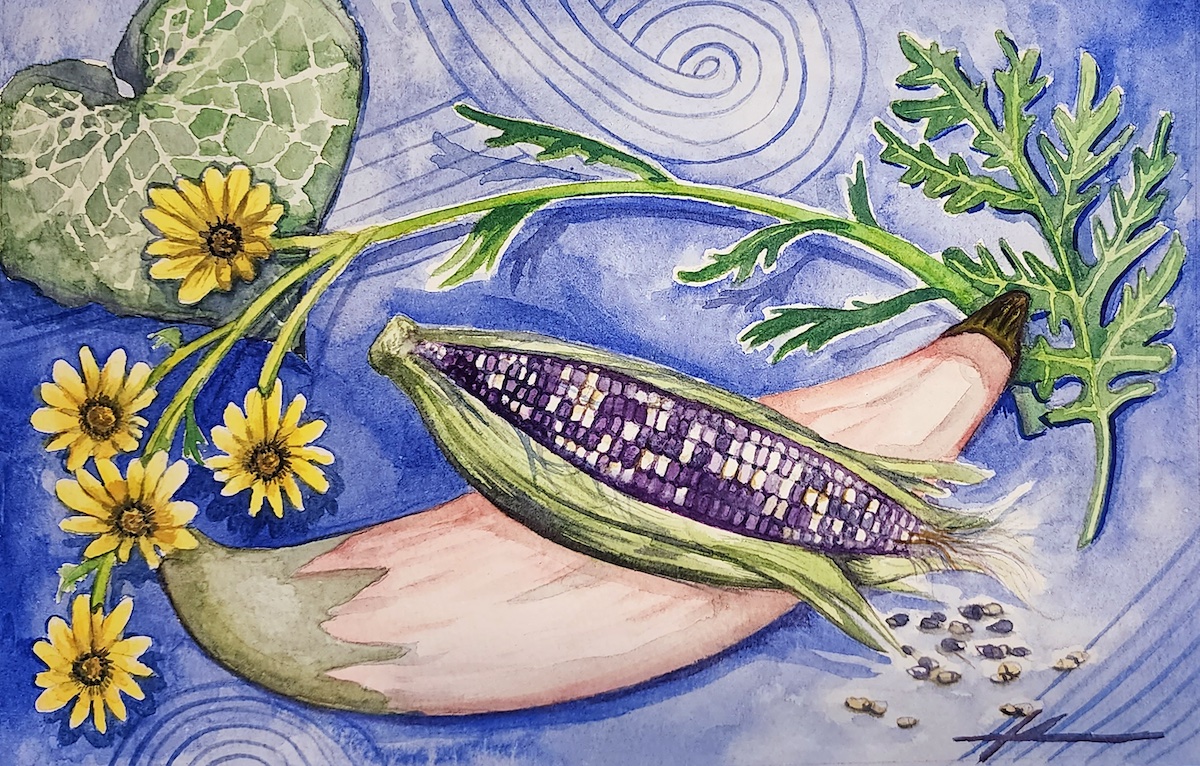
Think about your family heirlooms—the most prized items passed down from generation to generation, that tell a story about who you are and where you come from.
Did you ever think that seeds could be part of that story? This year, the Cherokee Nation Seed Bank is continuing its program to distribute heirloom seeds to tribal citizens, one that’s been running since 2006. Last year, the Nation distributed almost 10,000 seed packets to citizens across the country in an effort to keep these culturally significant plants from being lost.
This year, the Cherokee Nation is sharing seeds for a variety of Cherokee corn, gourds, beans, pumpkins, beads, and native plants and flowers.
Guest host John Dankosky talks with Feather Smith, the Cherokee Nation’s ethnobiologist, about how Cherokee heirloom seeds have been cultivated, planted, and preserved over the years.
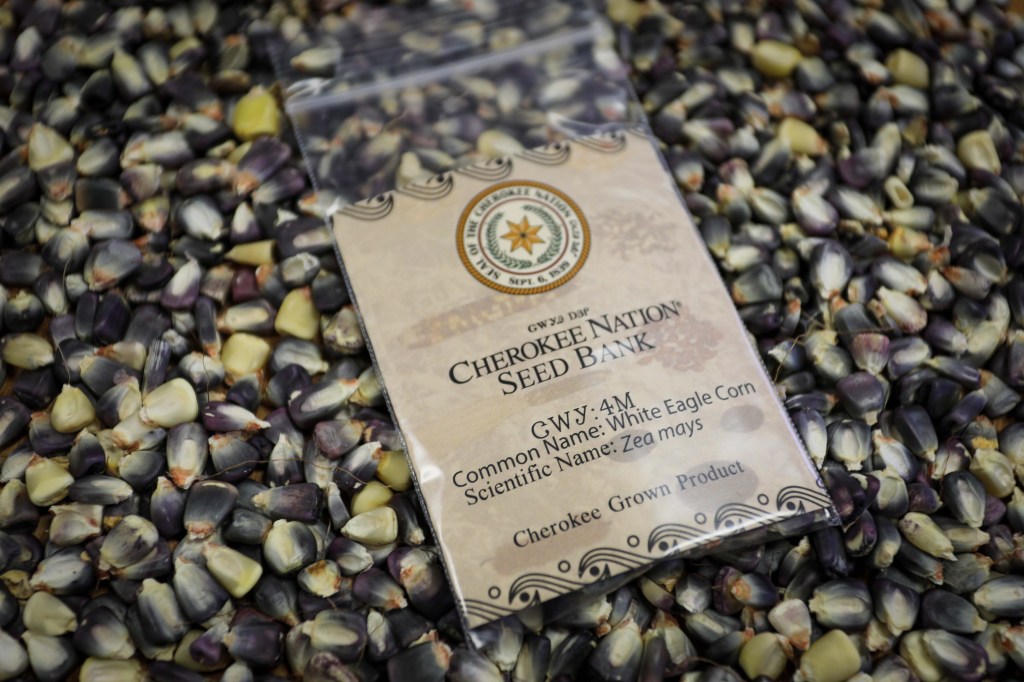
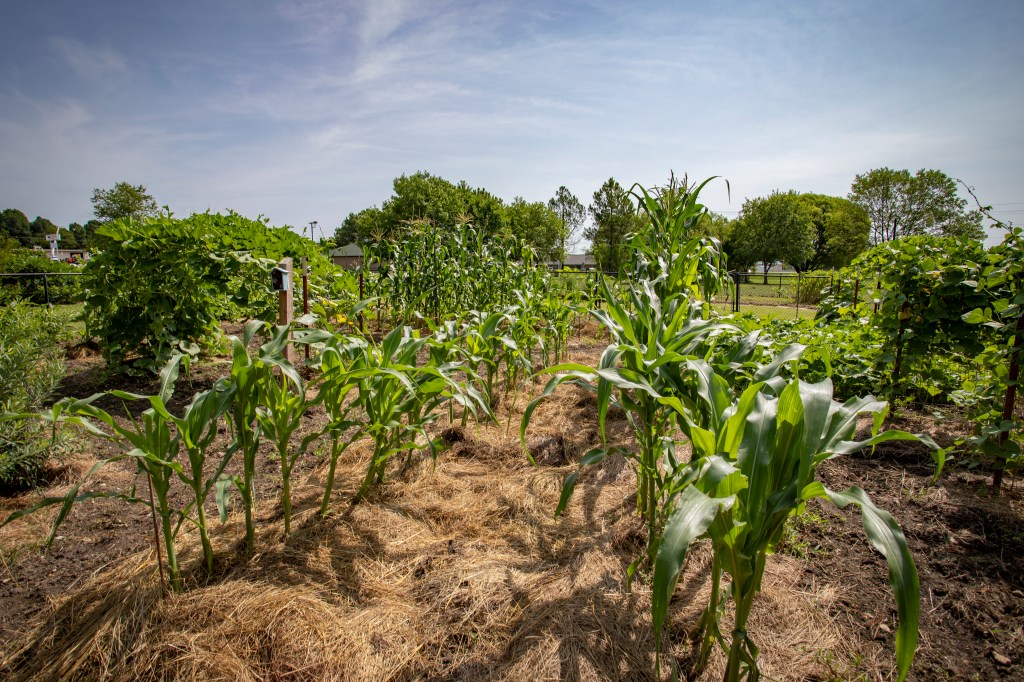
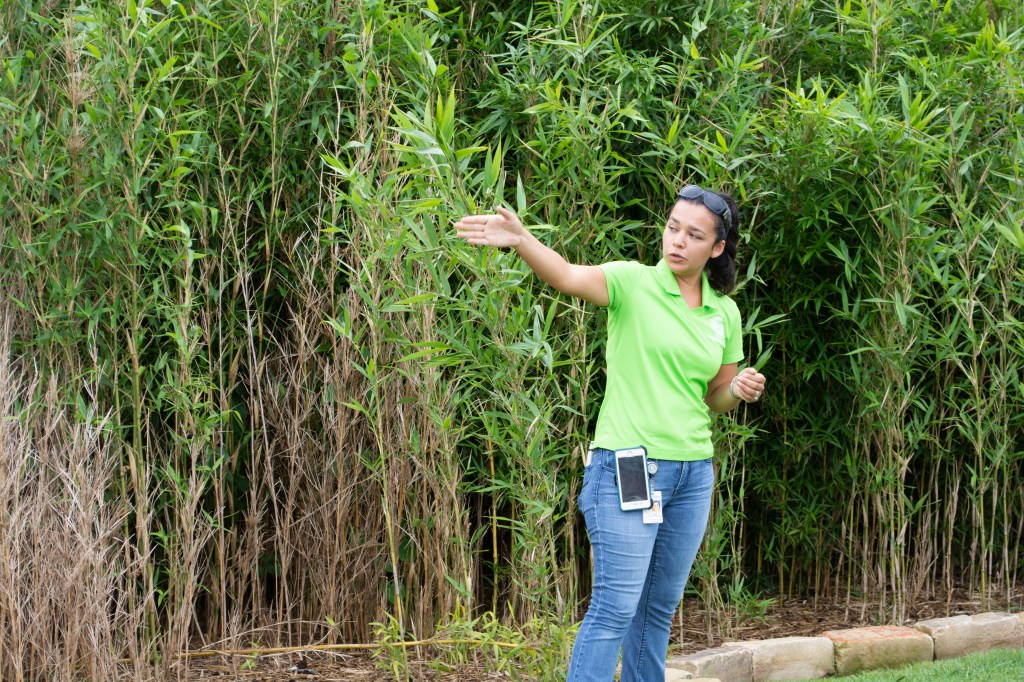
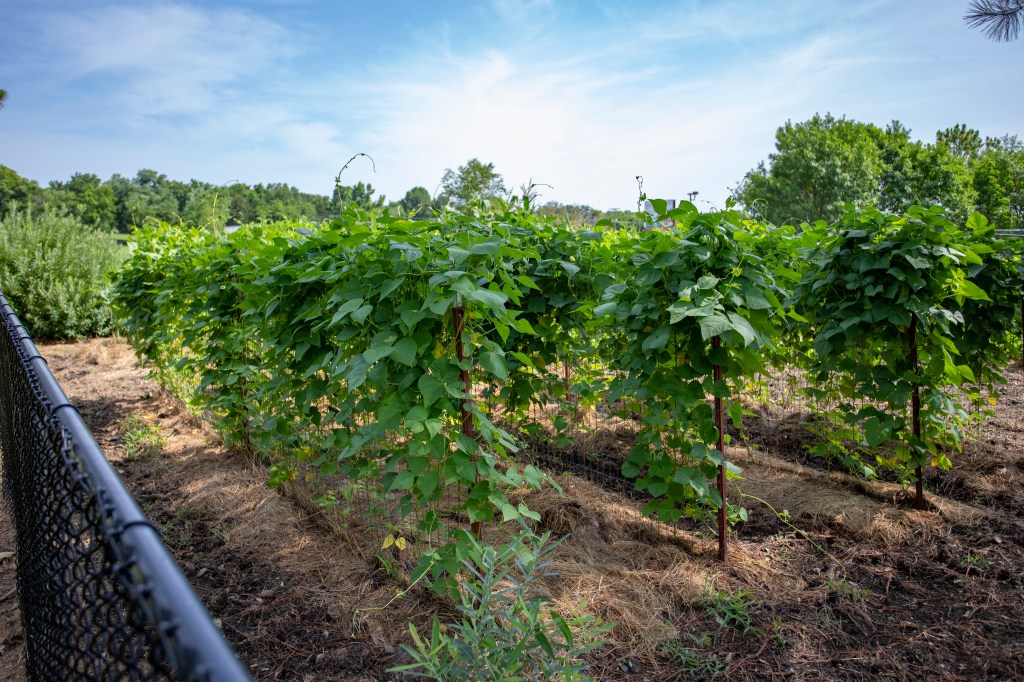
Feather Smith is an ethnobiology manager for the Cherokee Nation in Tahlequah, Oklahoma.
MADDIE SOFIA: This is Science Friday. I’m Maddie Sofia.
JOHN DANKOSKY: And I’m John Dankosky. And we both want to wish you and the Earth a Happy Earth Day this weekend.
OK. Take a moment to think about your family heirlooms, those things you pass down generation to generation that tell a story about who you are and where you come from. Did you ever think about seeds being a part of that story?
This year, the Cherokee Nation is continuing its program to distribute heirloom seeds to Tribal citizens. It’s a program that’s been running since 2006. Today, I’m joined by Feather Smith, ethnobiologist for the Cherokee Nation, here to talk with us about how Cherokee heirloom seeds have been cultivated, planted, and preserved.
Feather, thanks so much for joining us, and welcome to Science Friday.
FEATHER SMITH: Thanks for having me.
JOHN DANKOSKY: So tell us about this seed bank. Why did it start?
FEATHER SMITH: It actually started with a question from one of our former council members. She wanted to see a Cherokee seed represented in the Svalbard Global Seed Vault in Norway. But the seed that they were originally considering– we had already suspected, but the team at the time went ahead and did the research– and what they found out was it was one of the very many seeds out there that is Cherokee only in name.
We consider Cherokee seeds to be things that were actually cultivated by the Tribe. And most of the seeds that were cultivated by the Tribe were done before European contact. The seed that they were looking at was something that was cultivated in the 1800s by an individual.
And so that question got our council and our administration at the time going, well, we know that the Cherokees had been known for growing all of these seeds. So where are our seeds that we would have had?
And as we started looking for those seeds, what we found out was that we really couldn’t find hardly anything within the Cherokee Nation in Northeastern Oklahoma. So we had to start reaching out to a lot of different entities. We reached out to the Eastern Band of Cherokees, some different groups, to try to find some of those Cherokee seeds. We had to do research to make sure that these were indeed Cherokee seeds, and had followed the lineage down from that time period.
But the next issue that we ran into was that none of the seeds were being grown for genetic preservation. So they were being grown by Cherokee families for personal uses, but they weren’t actually being grown to ensure that the genetic properties of these seeds were going to be maintained.
So we let our administration at the time know that they were basically at risk for being lost. And then that became the new mission at that point, was to actually make sure that we got a hold of these seeds, that we had them all together, and that we were growing them for genetic preservation.
JOHN DANKOSKY: That’s a fascinating history. So tell me a bit about the heirloom seeds that you’re preserving. What crops do you grow?
FEATHER SMITH: So Cherokees were specifically known for growing the Three Sisters– corn, beans, and squash– although we really had a longer history with corn and beans. In that Three Sisters method, you would plant the corn first. And currently, we have four varieties of corn. We suspect that at one point we had far more seeds than we do now. But we would grow those four varieties of corn.
Next in that method, you would plant the beans, which are all pole beans. Which would be allowed to crawl up the corn. The corn provides the pole for those. And we grow four different varieties of pole beans. And then the last part of that Three Sisters method would be the squash, which branches out along the ground.
And we also have several varieties of gourds, which are sort of funny in that they’re all considered to be Old World– or they’re gourds that are actually native to the Mediterranean region– but they predate contact in North America. They predate European contact. So they have been here for thousands of years. Nobody is really quite sure how they went from the Mediterranean to North America. But we have been growing gourds for a long time. And then we also grow things like native tobacco.
JOHN DANKOSKY: Wow. So how exactly are these seeds different from the packets that I buy at the store? I mean, a lot of people throw around the term “heirloom” when they’re talking about growing vegetables in their gardens. So tell me, Feather, why are these seeds different?
FEATHER SMITH: These are all heirloom genetics. So at one point, we had hundreds and hundreds of different varieties of apples. We had hundreds of different varieties of corn. Over time, due to GMOs and big seed corporations, all of that has really been whittled down to just a few varieties. And there’s a few different reasons for that. Part of it is, when you’re going to sell something at the store, you want to sell what’s popular, you want to sell what’s easy to grow. And then there’s also issues with cross-pollination in certain varieties.
So if you grow two different types of corn in one area, they’re going to cross-pollinate if they’re pollinating at the same time. And you end up with corns that are a little bit like both. And so as a result, all of these different varieties of plants, these species that we eat, have all been whittled down to really just a few varieties over the years.
And that means that, for all of those other hundreds of varieties that have always been out there, they’re all at risk eventually disappearing because nobody is growing them. Seeds are only going to remain good for so long.
JOHN DANKOSKY: So talk us through the process of producing new seeds and preserving these seeds long term. What do you have to do?
FEATHER SMITH: So currently, we have a pretty small site. And we just have the one Cherokee Nation Heirloom Garden and Native Plant Site. Now, we do luck out that we’ve got one or two employees who are also able to grow at their private residence. But that means that, in any given year, we can only grow one variety of corn, one variety of bean, and one of our cucurbits on site. And then, hopefully, we’re able to grow something else at the private residences.
So we’ll start, of course, by planting in the spring. We just got beans in the ground here in Northeast Oklahoma last week. Possibly this week, maybe next week, we’ll start looking into planting some of our corn and our squash. Obviously, we’re going to spend all summer long growing that. Come this fall– it kind of depends on what we’re talking about– we’ll start harvesting our corn somewhere between July to August, depending on when it actually gets in the ground and starts doing well. We’ll continue to harvest things like the beans and the squash up until our first frost.
Once we’ve harvested everything, it will come inside to a room in our offices, where we have drying racks laid out. We will start by letting everything just dry naturally for a few weeks. Then we will actually shell the beans, we’ll shuck open the corn, get all of the seeds removed from that, continue to let it dry for a couple of more weeks, until we’re ready to start doing inventory. At which point, we can start ordering all of our supplies to get that packaged up into individual seed packets, get back into the seed bank, and it’ll be ready to be distributed to our citizens hopefully by February or March of the following year.
JOHN DANKOSKY: That’s an enormous amount of work, it sounds like. My goodness. One thing, though, Feather, I want to ask you about is how growing crops for the Cherokee Nation is different now versus pre-Colonial times, when your lands were in a different place, in a very different climate in the US?
FEATHER SMITH: It definitely has its challenges and it is a little bit different. So a lot of our writings, a lot of our traditions, talk about growing in that Three Sisters method. And that’s how most people still want to try to grow today. In Oklahoma, that is a challenge to do because of our high heat and our extreme humidity that we run into here. Because the corn tends to do much better in those high heats, things like beans do not. So our beans actually quit pollinating after we get above 93 degrees Fahrenheit.
And that becomes a struggle because a very big portion of Oklahoma summers is spent above 93 degrees Fahrenheit. So we have to plant our beans as early in the spring as the temperatures will allow. And then we also look to try to get a fall harvest on the beans, which I don’t think was something that we were traditionally doing.
It’s also kind of similar issues with our squash. They will grow well. They do OK in the heat. But they get stressed pretty easily. And we now have bacterial wilt here, which is not something that we had when we lived in the Southeast. And the high Oklahoma temperatures, combined with that wilt, will stress the plants often enough to cause them to die pretty quickly. And so we’re constantly struggling with keeping those plants cool enough in the high afternoon heat here in Oklahoma so that way they will stay alive all summer long and eventually give us a good harvest. So it definitely comes with its challenges.
JOHN DANKOSKY: Feather, before I let you go, you mentioned the big process, all the work it takes, to harvest and package up these seeds. Why is it so important to get these seeds into the hands of Cherokee citizens?
FEATHER SMITH: So when we initially started this project, it was never really– as I mentioned earlier, we did not start it with the idea of necessarily starting a seed bank. It was just to preserve genetics. But that first year that everybody had started, they had grown all of these seeds and found out that we really just needed a small amount for our genetics. We store our genetics in a couple of different places. But even then, we had gallons and gallons of seeds, and we just didn’t need all of that.
And so the idea was, OK, now, what do we do with all of these seeds? And it was natural to say, we’re going to give this back to our community. And the Tribal way of thinking is that something that is Cherokee– so our seeds– don’t belong to any one person and they don’t belong to any one entity. They belong to the tribe. And that’s the tribe as a whole.
And so we wanted to be able to have these seeds available for any Cherokee because these seeds belong to all of us and they are naturally theirs too. And it also helps preserve Tribal traditions, culture, language. And so it’s really allowing a revamp in not only the heirloom genetics, but in our traditions as well.
JOHN DANKOSKY: That’s a great place to leave it. Feather Smith is an ethnobiologist for the Cherokee Nation. She’s based in Tahlequah, Oklahoma. Feather, thank you so much for bringing us the story. I really appreciate it.
FEATHER SMITH: Well done. Thank you for having me on.
JOHN DANKOSKY: For a look inside the Cherokee Heirloom Garden and an illustration of a few Cherokee heirloom plants and their very cool illustrations, you can check out sciencefriday.com/seeds.
Copyright © 2023 Science Friday Initiative. All rights reserved. Science Friday transcripts are produced on a tight deadline by 3Play Media. Fidelity to the original aired/published audio or video file might vary, and text might be updated or amended in the future. For the authoritative record of Science Friday’s programming, please visit the original aired/published recording. For terms of use and more information, visit our policies pages at http://www.sciencefriday.com/about/policies/.
Rasha Aridi is a producer for Science Friday and the inaugural Outrider/Burroughs Wellcome Fund Fellow. She loves stories about weird critters, science adventures, and the intersection of science and history.
Emma Lee Gometz is Science Friday’s Digital Producer of Engagement. She writes SciFri’s “Science Goes To The Movies” series and is a journalist and illustrator based in Queens, NY.
John Dankosky works with the radio team to create our weekly show, and is helping to build our State of Science Reporting Network. He’s also been a long-time guest host on Science Friday. He and his wife have three cats, thousands of bees, and a yoga studio in the sleepy Northwest hills of Connecticut.